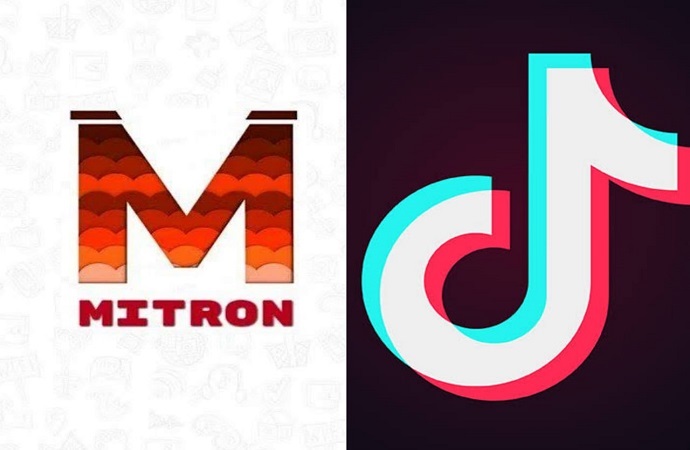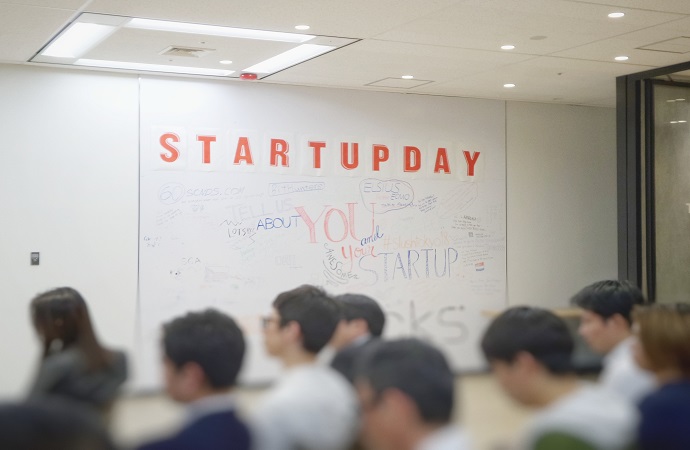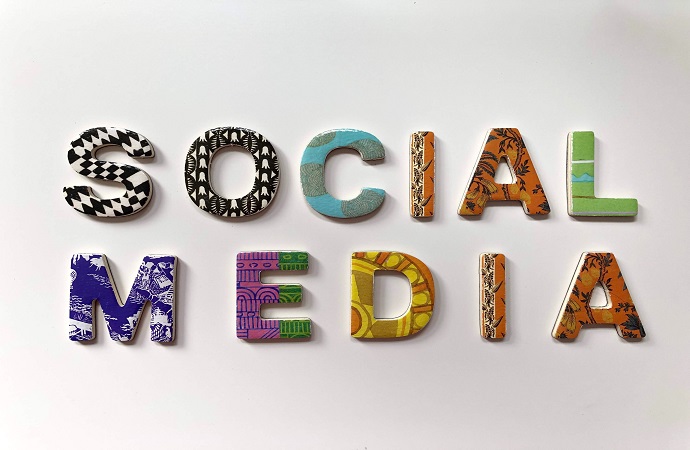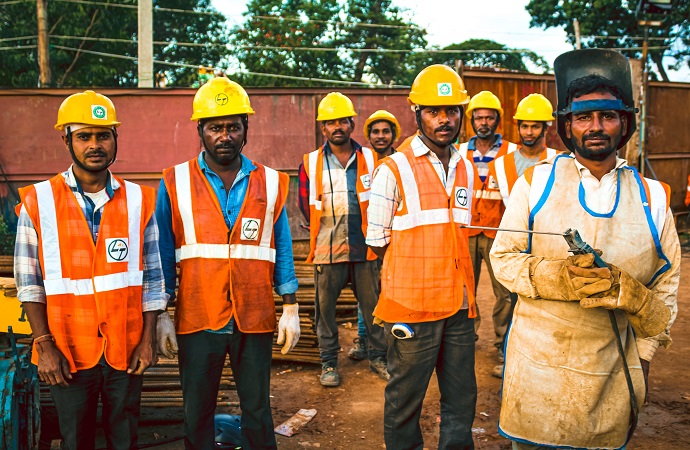728 x 90
Here is how blockchain can reduce frauds
- In Techlustre
- 28 Jun 2020
- 8767 Views

Each and every business working around the world loses at least 7 percent of its revenues to fraud each year. Blockchains are created to prevent internal and external fraudulent attacks in firms. Blockchains provide tight security against tampering, fraud, and cybercrime, and eliminates the replication of human efforts. The blockchain technology is programmed to record all the financial transactions and distributes the information (not copied) digitally. The following are the features of blockchain that helps you from the attack of fraud.
Latest from Techlustre
Leave a Comment
Your email address will not be published. Required fields are marked with *















